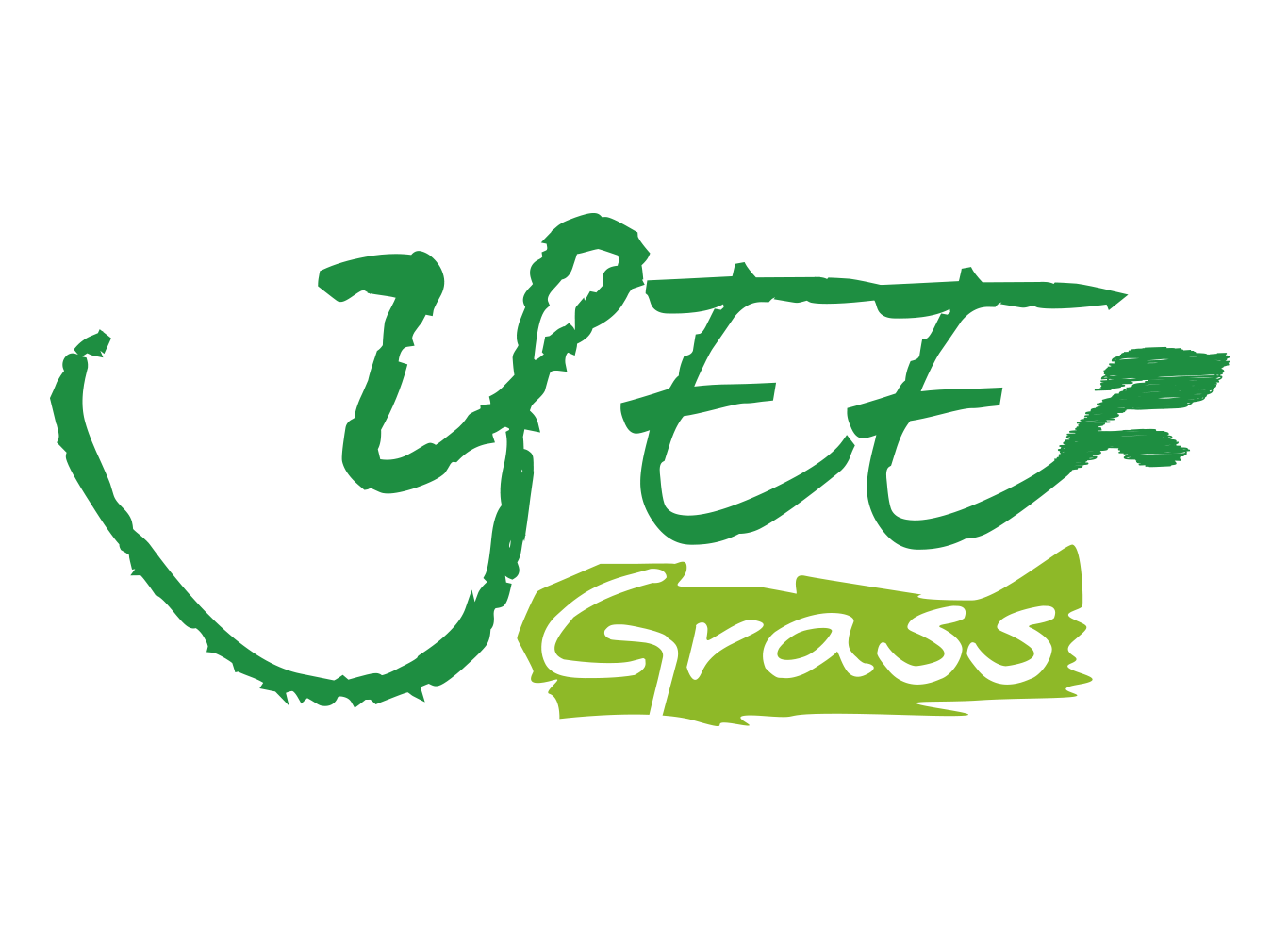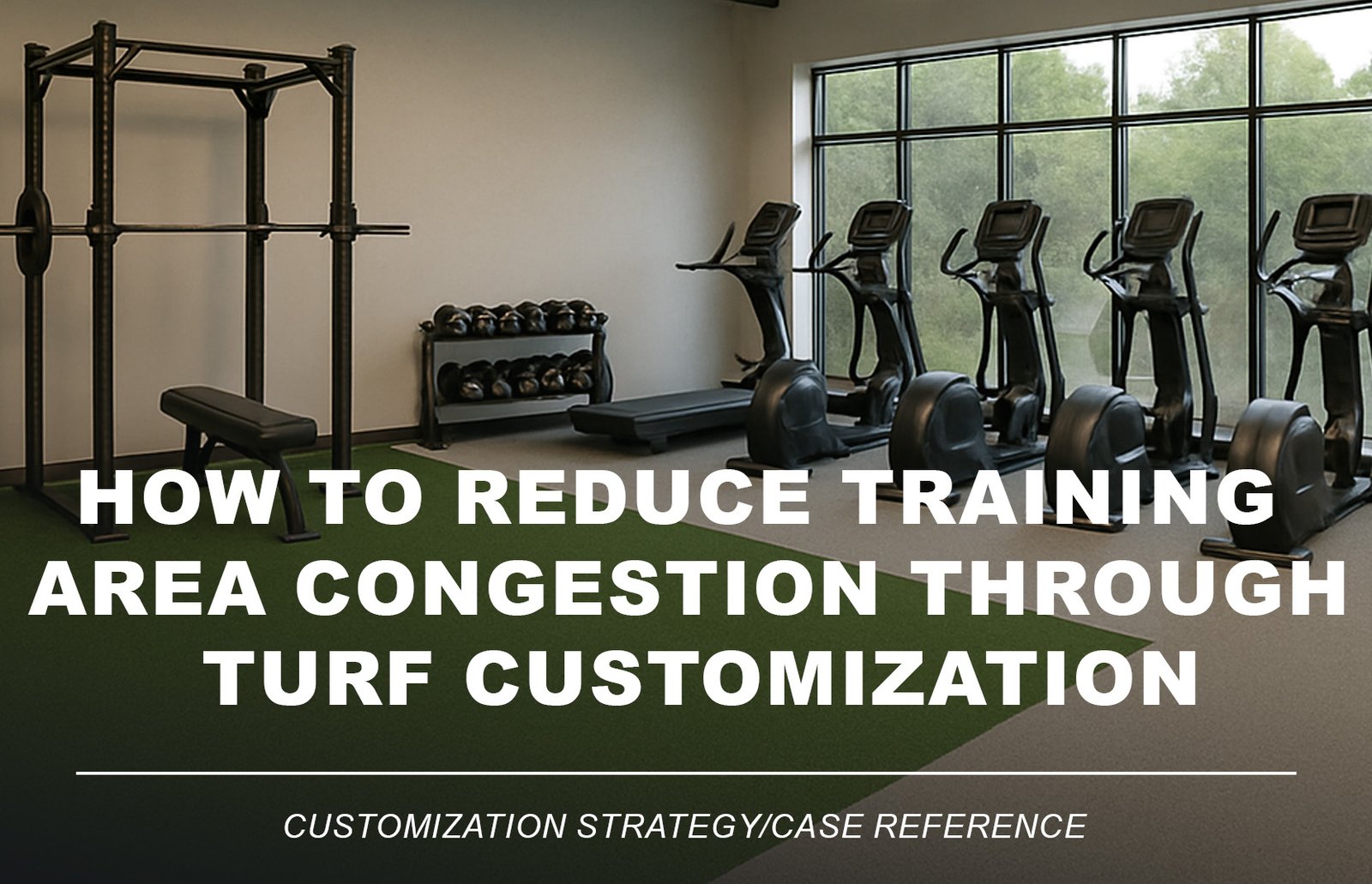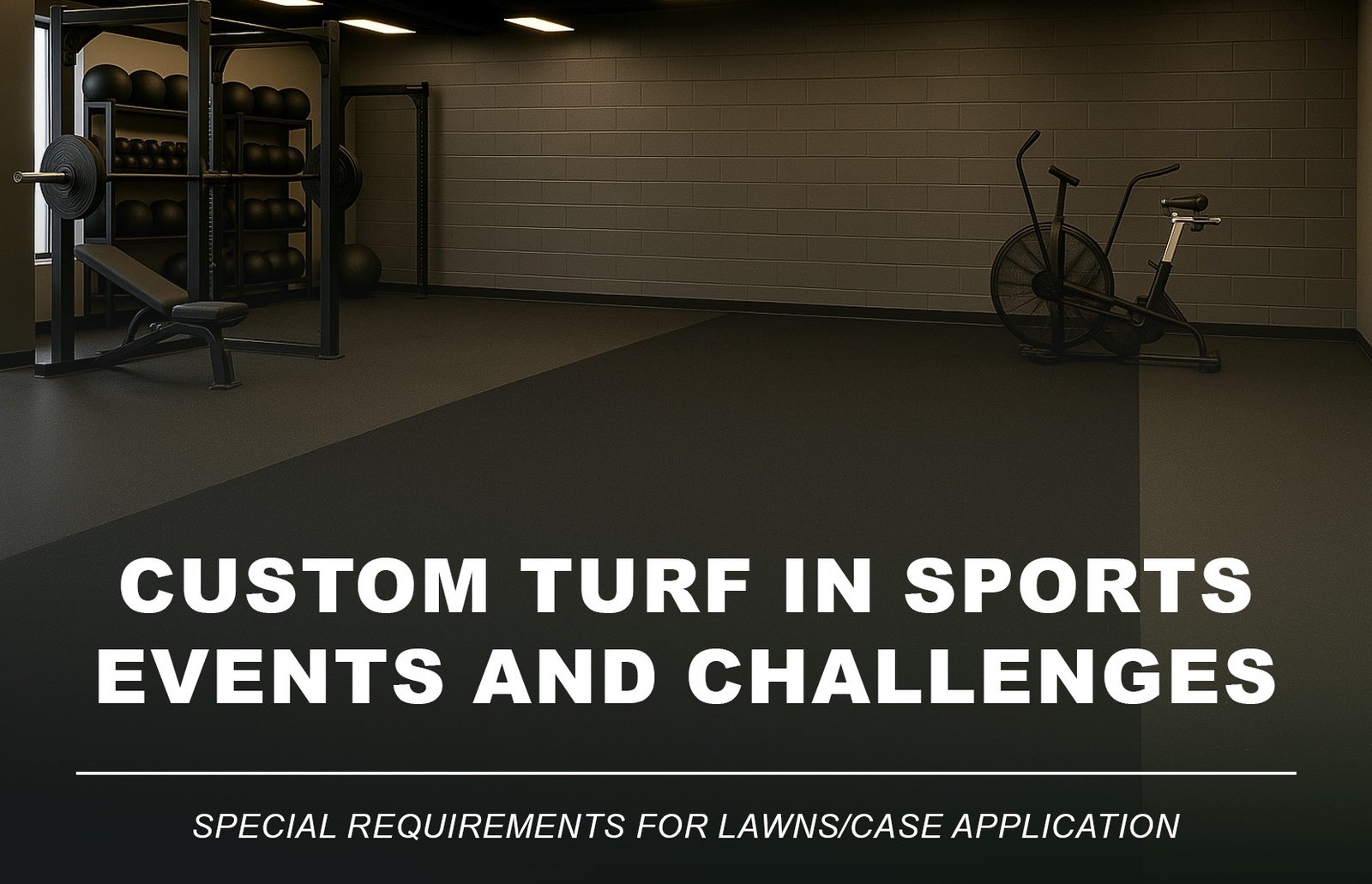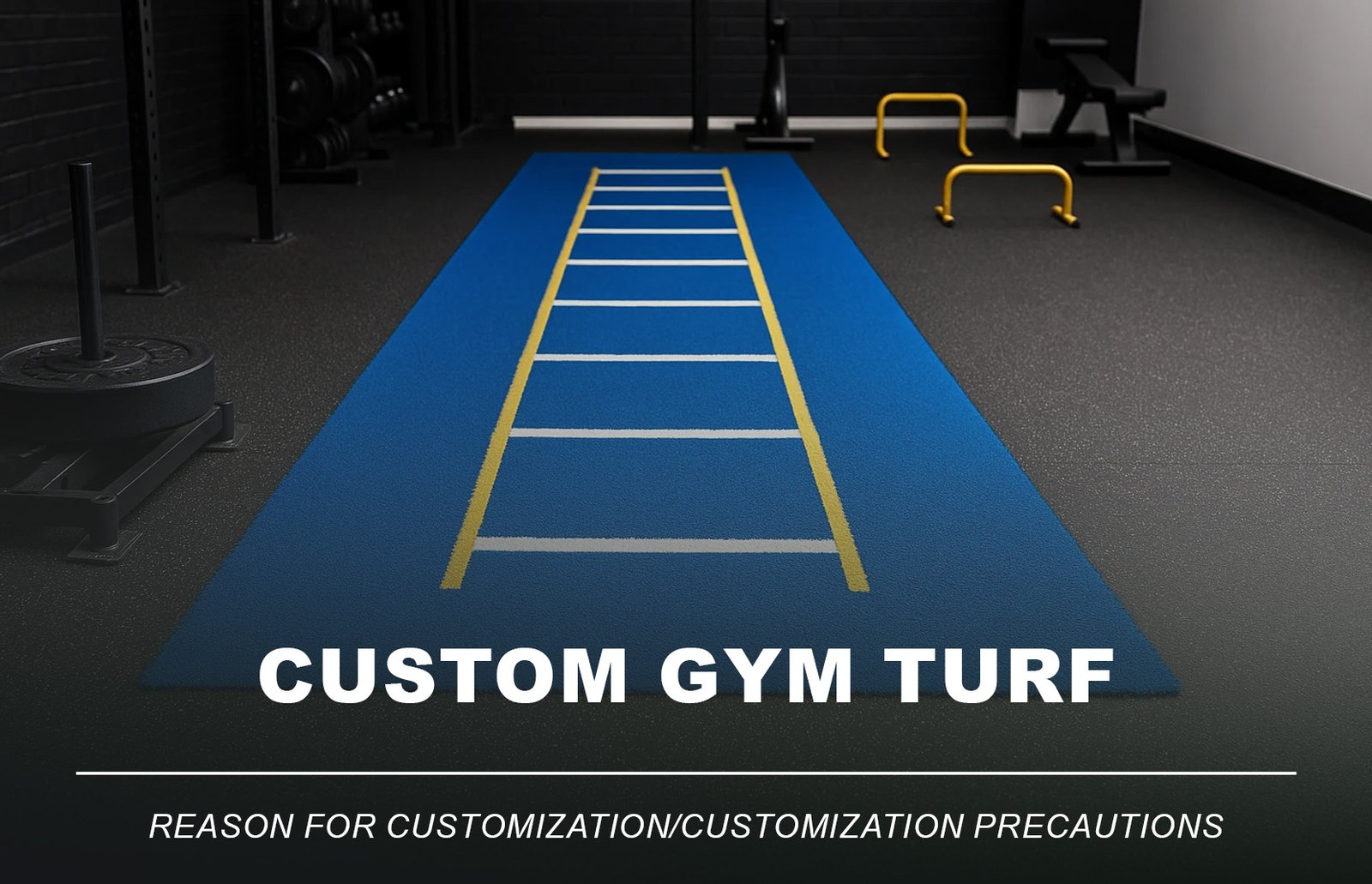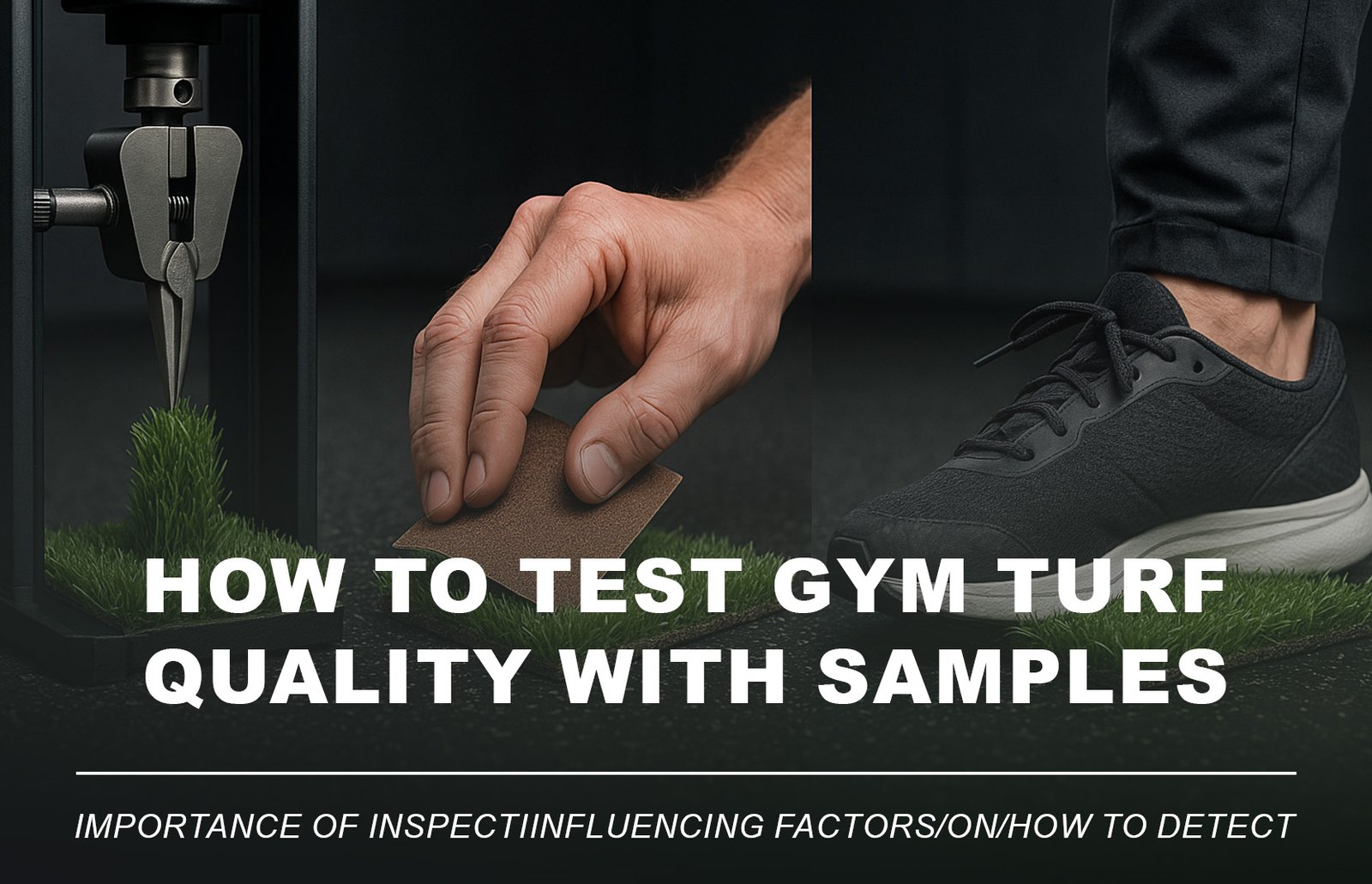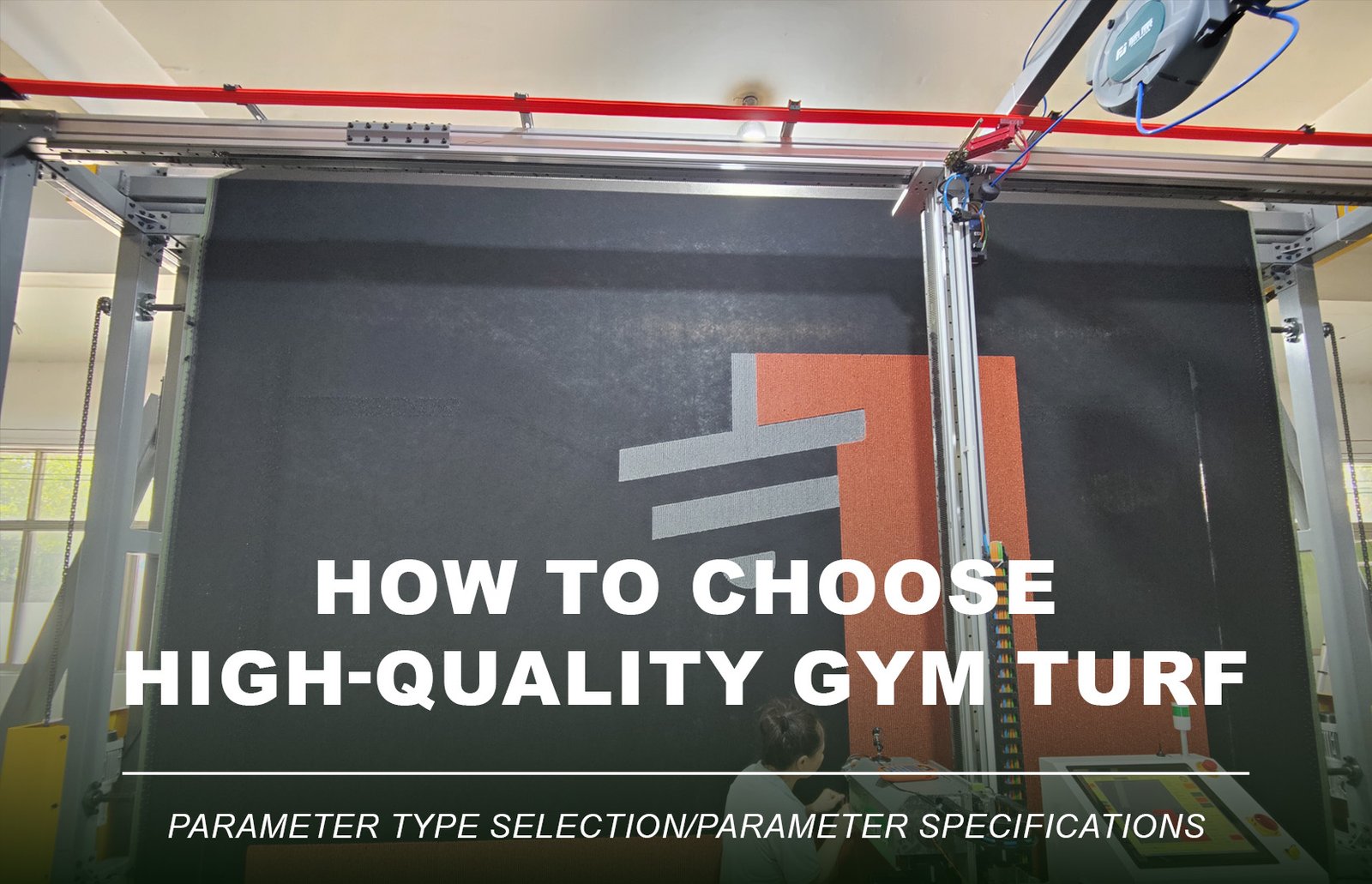In the era of climate change and sustainability, every choice we make—from the cars we drive to the lawns we maintain—matters. Traditional grass lawns may look lush and natural, but their upkeep contributes to surprising levels of carbon emissions and resource consumption.

Eco-friendly artificial grass offers a smarter, low carbon landscaping alternative, helping to reduce your environmental footprint while keeping your outdoor space green and inviting. In this guide, we’ll explore how artificial grass helps reduce carbon emissions and why it’s a better solution for sustainable, modern landscapes.
1. The Environmental Cost of Natural Lawns
Artificial grass vs. natural grass environment—what’s the real difference?
While natural lawns may seem eco-conscious, maintaining them requires energy-intensive practices:

Gas-Powered Lawn Equipment: Mowers and trimmers fueled by gasoline emit up to 10 kg of CO₂ per hour—adding to the artificial turf carbon footprint comparison—and create noise and air pollution.

High Water Usage: In arid regions, natural lawns can consume over 500,000 liters of water annually. Electric irrigation pumps raise emissions further.

Chemical Fertilizers and Pesticides: The production and repeated application of these chemicals contribute to greenhouse gases and pollute local ecosystems.
These factors combine to make traditional grass a high-emission landscaping option.
2. How Artificial Grass Helps Reduce Carbon Emissions
(1) No Mowing = No Fossil Fuel Pollution

Sustainable artificial grass requires no mowing. That means zero gasoline use, fewer emissions, and a quieter outdoor space.
(2) Significant Water Savings

Water-saving turf only needs occasional rinsing. This makes synthetic grass ideal for drought-prone regions and environmentally conscious homeowners.
(3) Zero Chemical Inputs

Environmentally friendly artificial grass eliminates the need for fertilizers, herbicides, and pesticides—removing emissions tied to chemical production and application.
(4) Durable and Long-Lasting

Premium artificial turf lasts 8–15 years. By avoiding reseeding, over-watering, or frequent turf replacement, the environmental impact of landscaping is greatly reduced.
(5) Made with Recyclable and Low-Emission Materials

Today’s best recyclable synthetic turf options are made with polyethylene yarns and eco-conscious backings like PU or thermoplastics. Many brands now offer green landscaping solutions with significantly lower carbon output during production and disposal.
3. Real-World Impact: Where Eco-Friendly Turf Makes a Difference


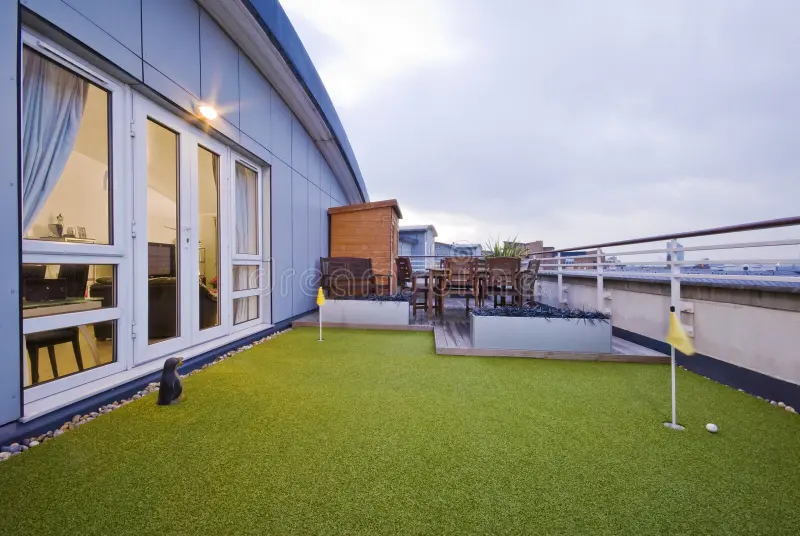
- Schools: A 1,000 m² artificial turf field can reduce water usage by 500,000+ liters/year and cut emissions by 1–2 tons of CO₂.
- Commercial Green Spaces: Businesses adopting eco-friendly artificial grass reduce utility costs and emissions from landscape maintenance crews.
- Private Homes: Families can enjoy lush lawns year-round while engaging in reduce carbon emissions landscaping.
4. How to Choose a Truly Sustainable Turf System
Not all turf is created equal. When selecting sustainable artificial grass, consider:

- Materials: Choose PE yarns with PU or thermoplastic backings.
- Certifications: Look for REACH, RoHS, and ISO 14001 compliance.
- Local Sourcing: Reduce shipping emissions by selecting regional suppliers.
- End-of-Life Plans: Opt for turf with manufacturer recycling programs.
5. Common Concerns (and Smart Solutions)
| Concern | Smart Solution |
| Plastic waste | Choose recyclable artificial grass and partner with manufacturers offering take-back initiatives. |
| Microplastic release | Select UV-stable yarns and durable backing systems to reduce material breakdown. |
| Heat in summer | Use light-colored infills and cooling yarns for comfort and safety. |
While artificial turf has its critics, the right product can deliver substantial environmental benefits, especially when installed with a focus on sustainability and long-term use.
6. Conclusion: A Cleaner Planet Starts at Ground Level
Whether you’re landscaping a backyard, schoolyard, or corporate lawn, switching to eco-friendly artificial grass helps you build a cleaner, greener future.
By reducing carbon emissions, conserving water, and avoiding chemical use, low carbon synthetic turf allows you to enjoy a beautiful lawn—with a clear conscience.
📩 Ready to make the switch?
Explore our collection of eco-certified artificial grass systems and request a quote for your home, business, or institution today.
